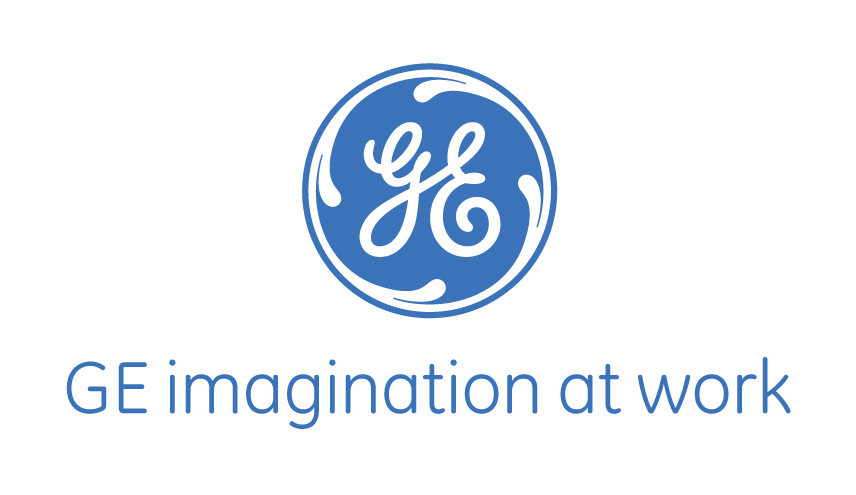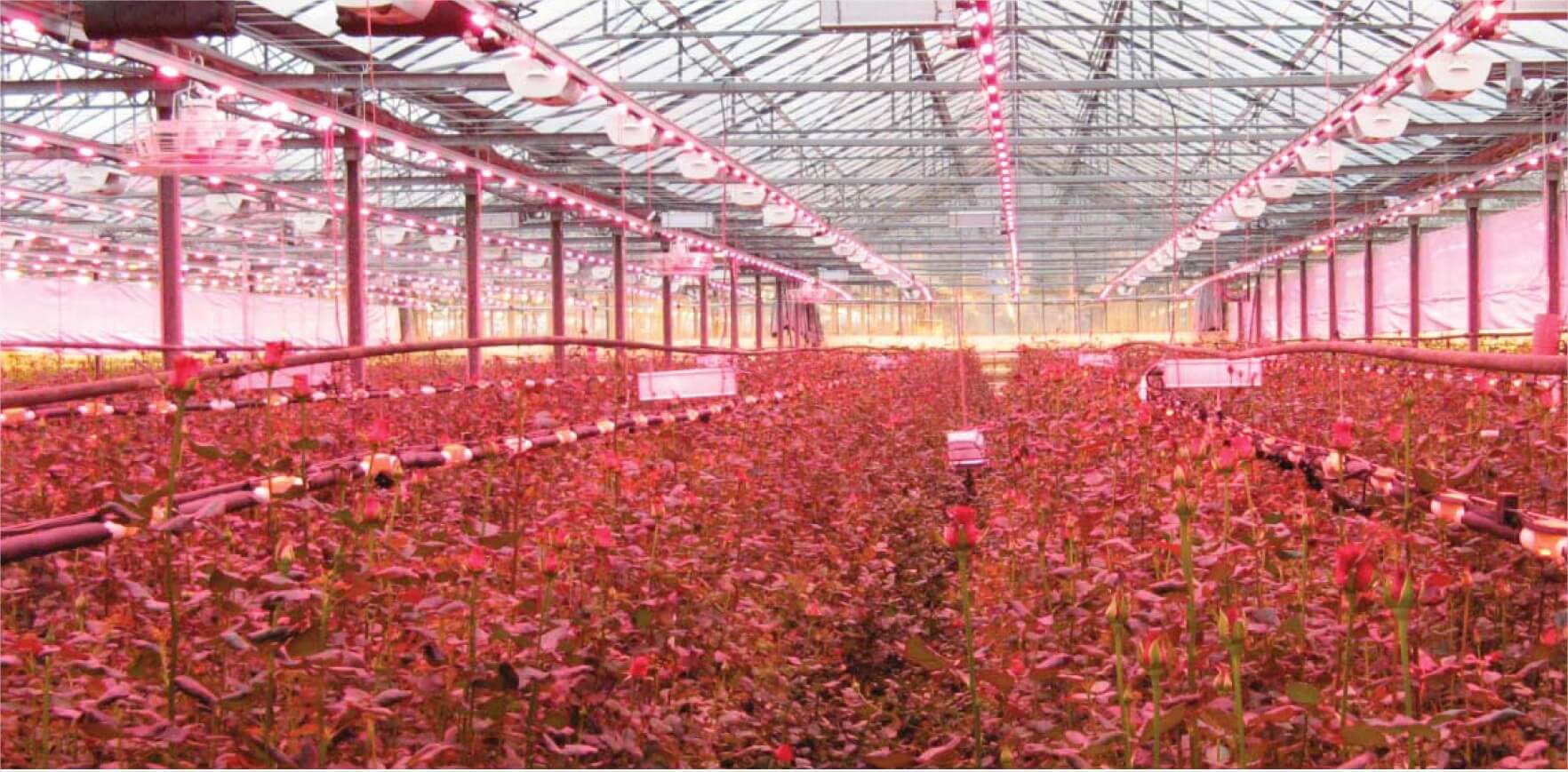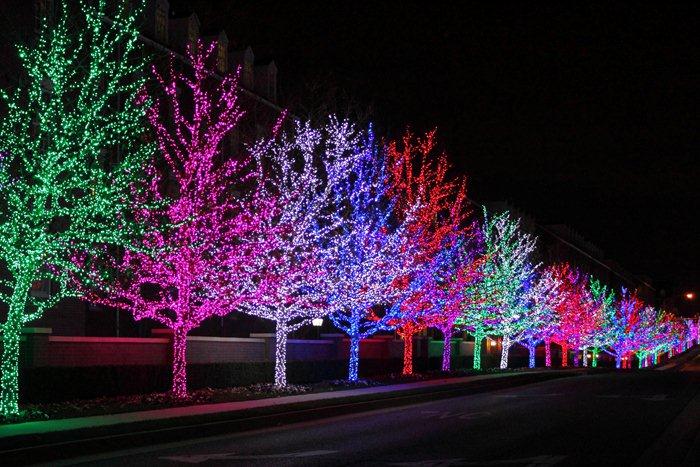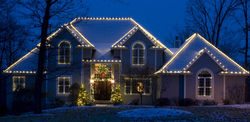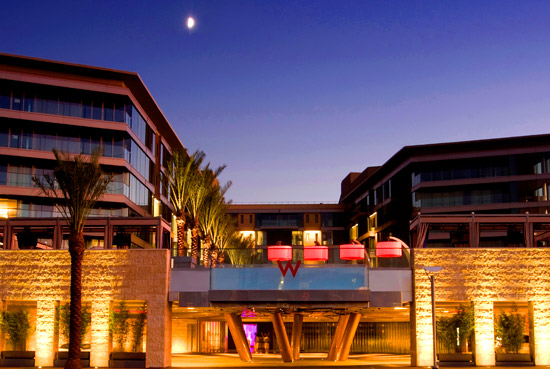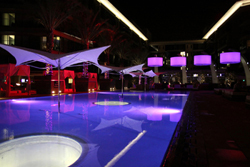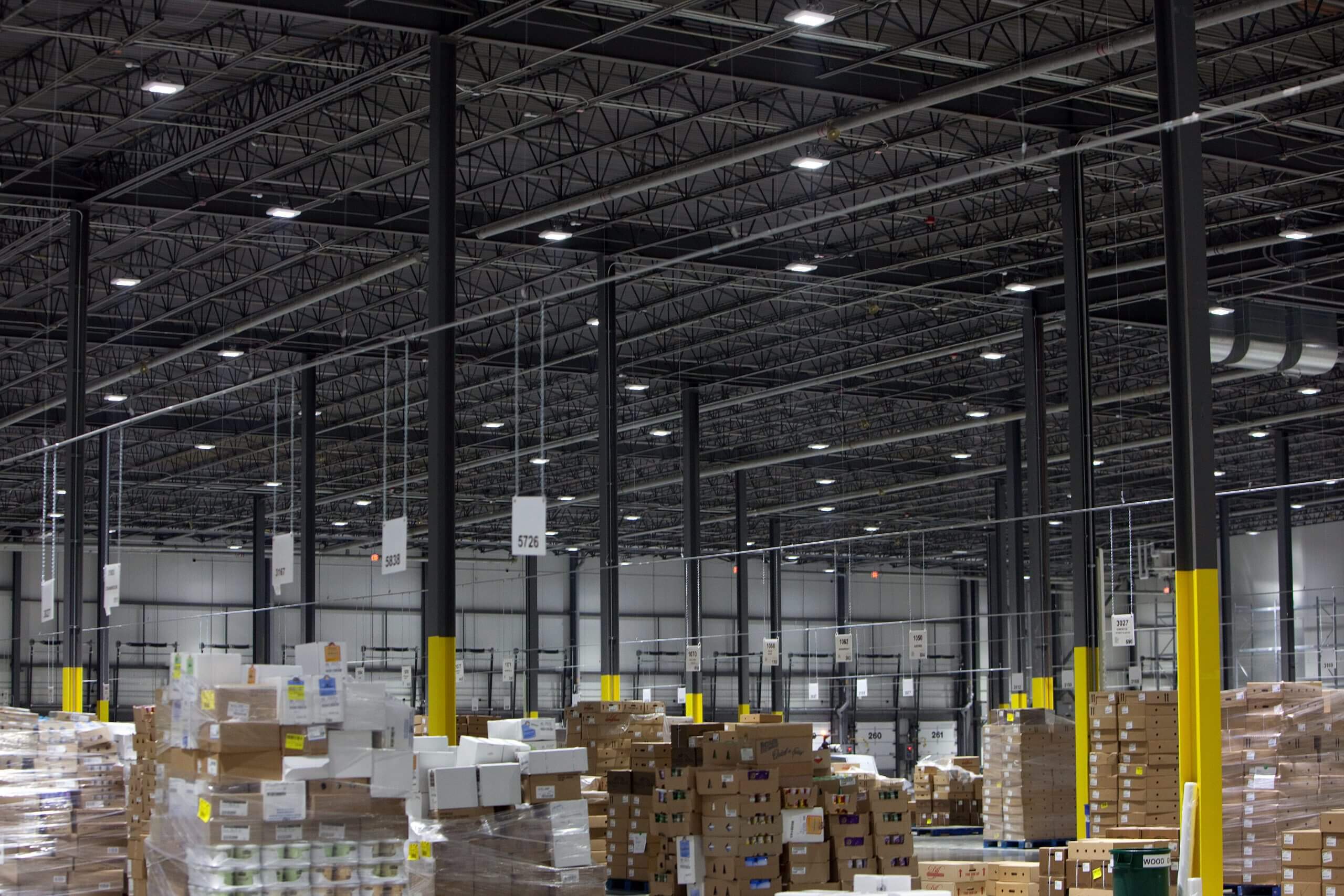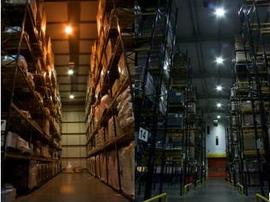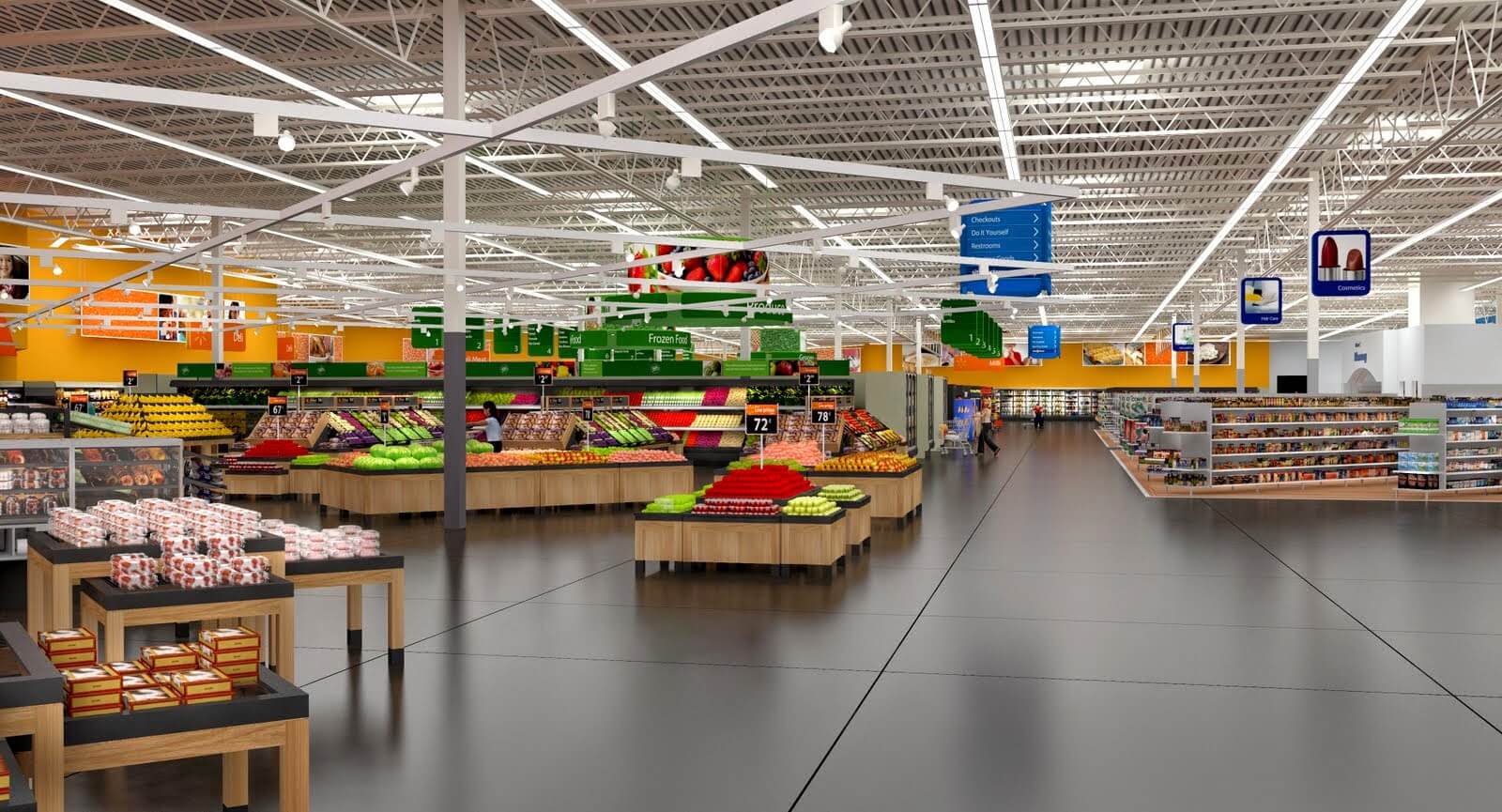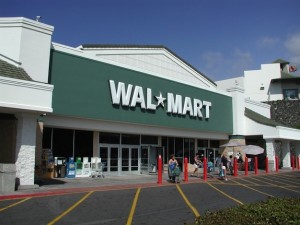Schools are yet another important place for the growth and installation of LED lighting. Most elementary, junior high, and high schools have to be lit at least eight hours per day for students and teachers in class, not including the time spent by teachers before and after school preparing for class, and janitors after hours cleaning the campus. Also, with all the cuts to many states’ education budgets, having the most energy efficient lighting can allow the school district to spend their money elsewhere!
The first school to be lit entirely with LEDs is Thomas Jefferson Primary School in Peoria, Illinois. The school replaced T12 fluorescent fixtures around the campus with T8 LED dimmable troffers. The LEDs will reduce energy by 49% and eliminate 1.76 million pounds of carbon dioxide emissions over 10 years. Dave Ryon, District #150’s Director of Capital Programs said the LEDs will reduce the costs of operating the school, provide superior lighting for the students, and teach the students the importance of sustainability.
A school district in Bethany, Oklahoma, is finding another use for LED lighting. The school district is installing 52 solar LED flashing beacons in the city’s school zones paired with school zone signs to alert drivers they are approaching a school zone. The city has been having safety problems around school areas with roads from the school to residential areas. The drivers sped down the roads and there were no signs warning drivers to slow down. According to a press release by Carmanah, “Studies have shown that flashing beacons increase visibility of marked signage and reduce vehicle speeds by up to 5 to 7 miles per hour.” The beacons were also easy to install and didn’t disrupt traffic or the students. We hope to see more creative LED installations in the schools!

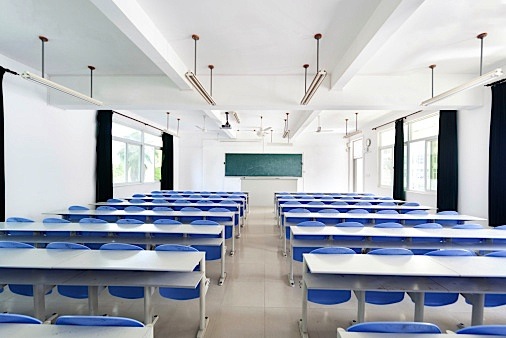
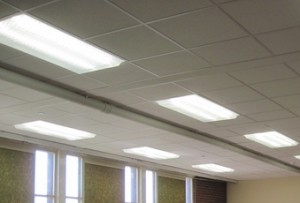
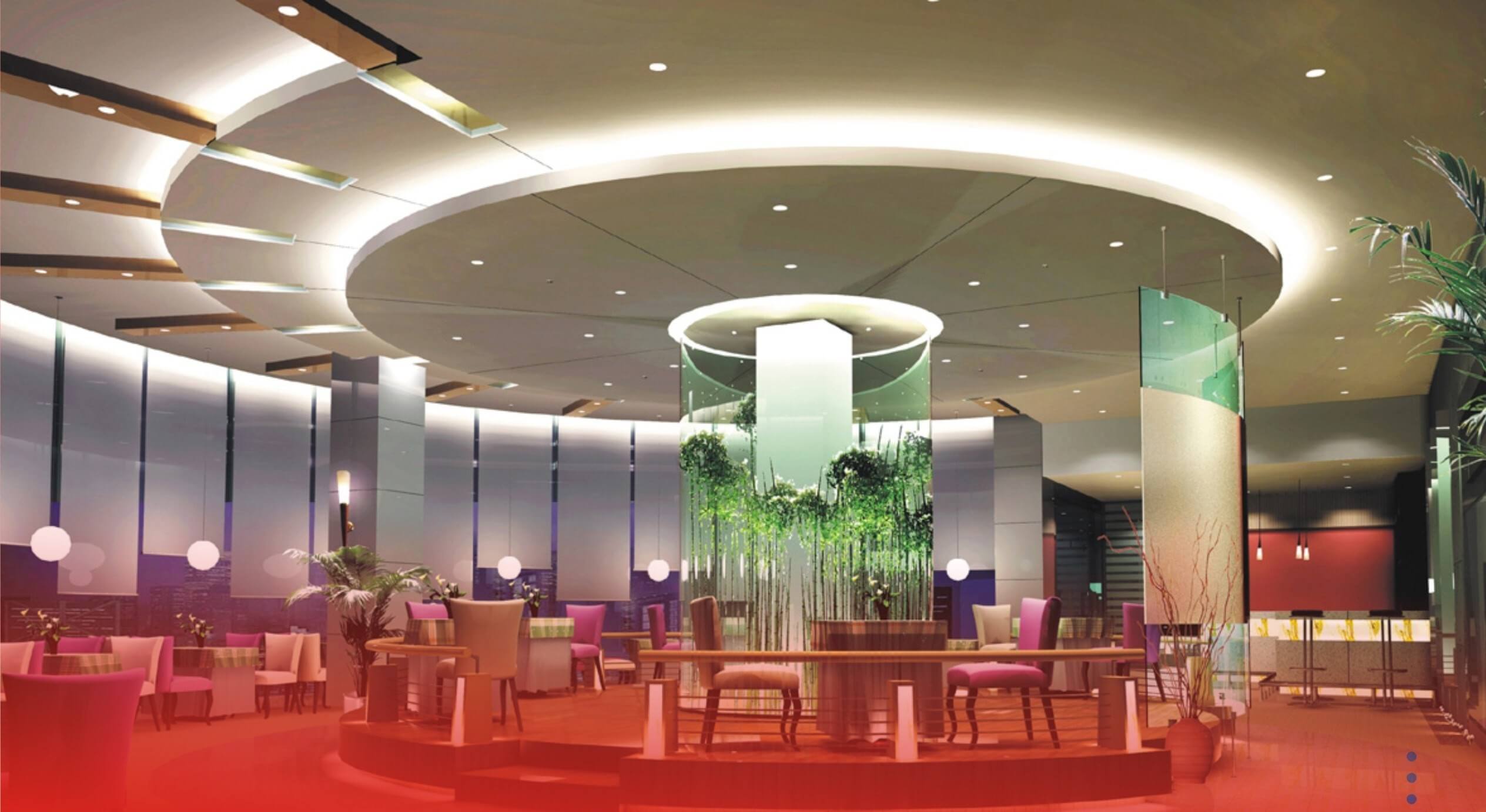
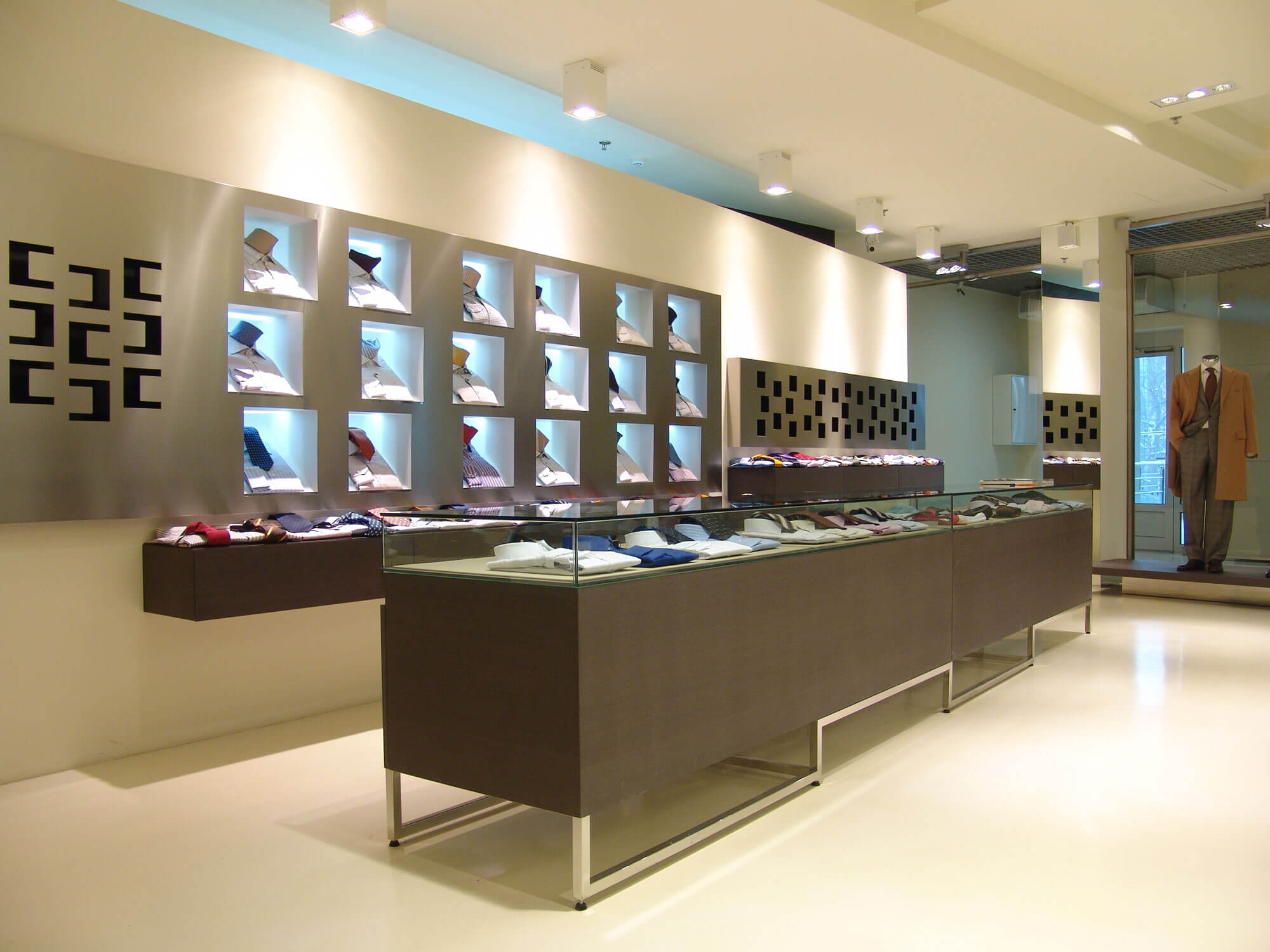
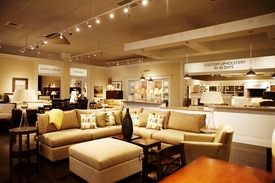 Bassett Home Furnishings, a furniture showcase retail store in Fife, Washington, replaced their current lighting with Energy Star rated lighting. In order to be an Energy Star rated product, the lamp must be evaluated by Energy Star for light quality, energy efficiency, and lifetime. The store qualified for a utility incentive, and is planning on their monthly electricity bill to decrease by more than their monthly payment to finance the lighting. The new lighting is expected to reduce carbon dioxide emission by 311,000 pounds, sulfur dioxide emissions by 1,217 pounds, and nitrogen oxides by 772 pounds. We hope to keep seeing more LED lighting installations!
Bassett Home Furnishings, a furniture showcase retail store in Fife, Washington, replaced their current lighting with Energy Star rated lighting. In order to be an Energy Star rated product, the lamp must be evaluated by Energy Star for light quality, energy efficiency, and lifetime. The store qualified for a utility incentive, and is planning on their monthly electricity bill to decrease by more than their monthly payment to finance the lighting. The new lighting is expected to reduce carbon dioxide emission by 311,000 pounds, sulfur dioxide emissions by 1,217 pounds, and nitrogen oxides by 772 pounds. We hope to keep seeing more LED lighting installations!